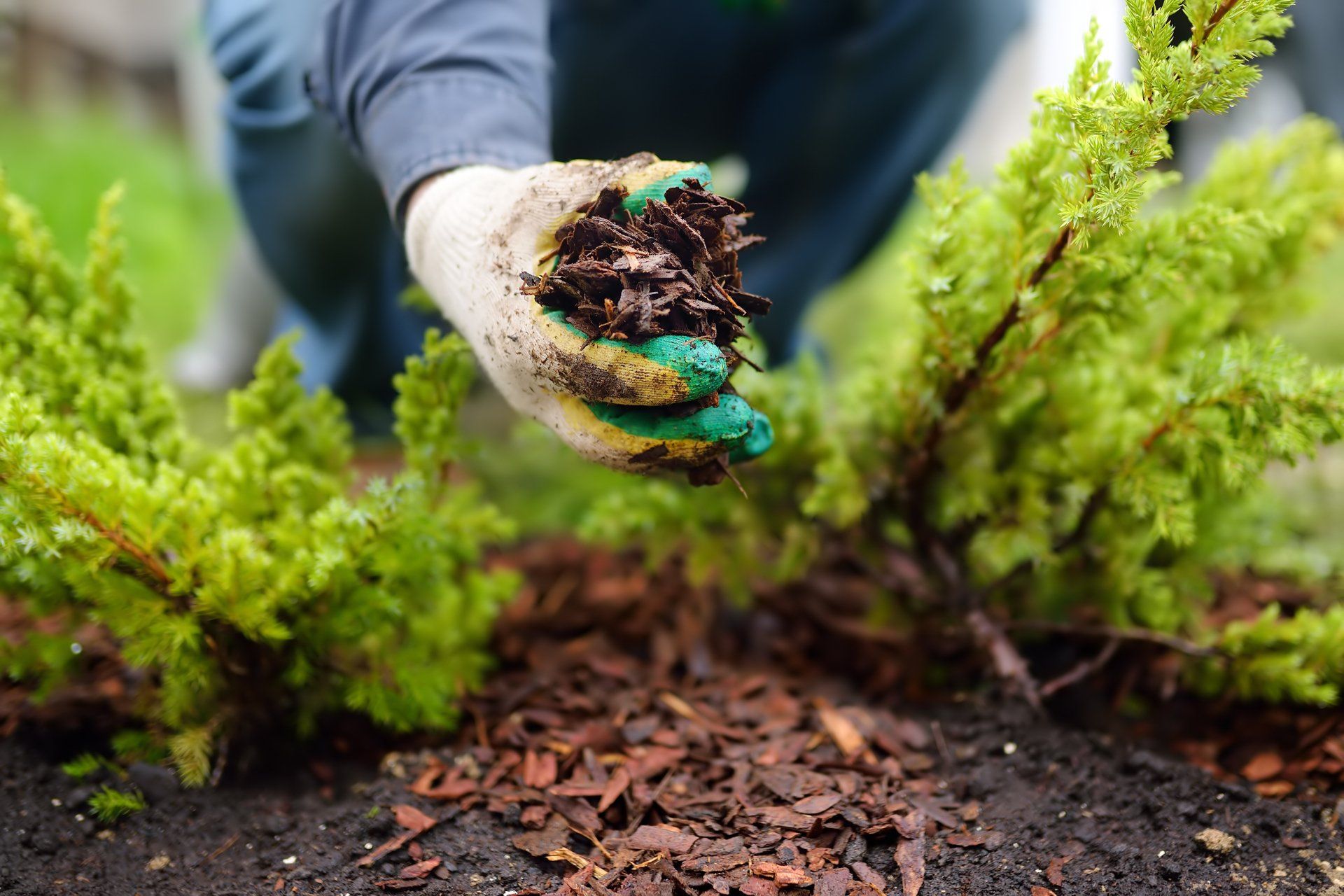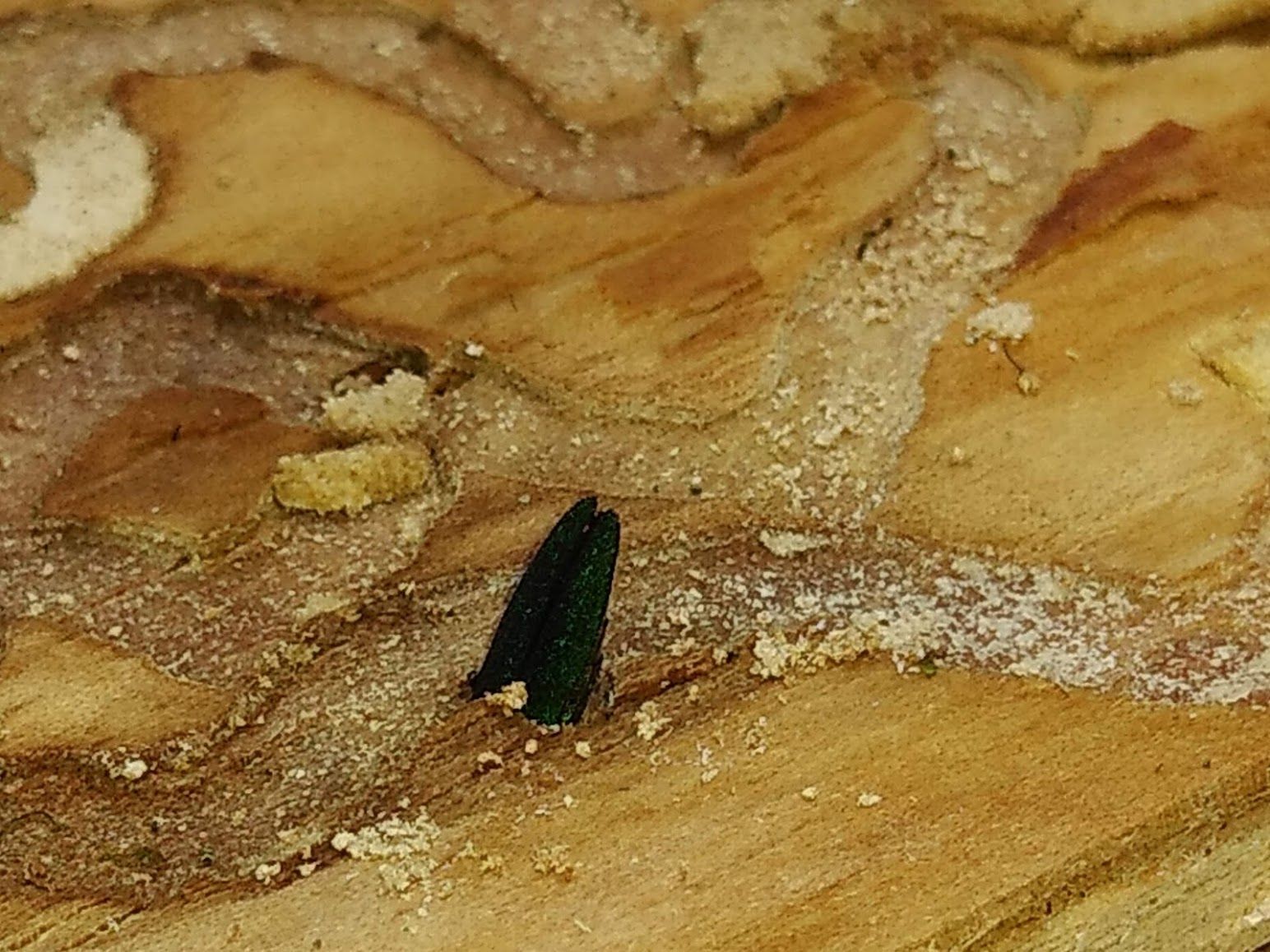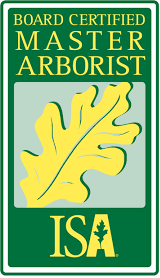The Dangers of Using Recycle Yard Mulch

It’s common practice for local tree service providers and landscaping companies to take their green waste to nearby recycling or mulching yards. Recycling yards typically charge a fraction of the cost of landfills making them the preferred choice for disposal. These tree companies get to save money while also recycling their debris and other green waste. In a perfect world where everybody did their job to the best of their abilities, this would be an ideal situation both economically and environmentally. Unfortunately, mulching and composting aren’t that simple.
The Keys to Composting
To create nutrient-rich compost, the process is time-consuming and requires special techniques, skill, and knowledge. It’s much more complicated than simply mulching some tree branches and letting them sit for a few months. Occasionally turned or static piles of mulches can take years to produce a healthy compost. And even under ideal conditions, the soonest a quality compost could be produced is about six weeks.
The most important and critical needs for composting are:
- Water
- Oxygen
- Heat
- Constant Turning
If any one of these requirements is neglected, then the compost will be compromised. The key to composting is finding the perfect balance and amount for each requirement. Too little or too much of any of these needs will result in lower quality compost. As in many “theory vs. practice” situations, the reality of composting is that it is extremely difficult to meet all the requirements necessary to produce good quality compost. This is most often where issues in the process occur, especially with recycle yards handling the mulching.
Why Recycle Yard Mulch is Dangerous
Imagine this scenario: you have a dead palm tree in your yard and you hire a local tree service company to remove the palm tree. While you may or may not know what killed the palm, you hire an arborist and they tell you the palm died due to Fusarium wilt, a common fungal disease that has no effective treatment. The infection was brought to your palm by dirty pruning tools and dirty mulch, and unfortunately, the company that you hired to remove the palm for you is the very same company that brought the disease that killed it in the first place.
The hypothetical tree service company in this common scenario wants to save money, so they take the dead and infected palm to a recycling yard for mulching instead of to a landfill, the proper place for green waste disposal. This tree service company also did not sterilize their tools after removing the dead palm tree for you. Once at the recycling yard, the infected palm tree is mulched up and mixed in with existing mulch piles. Not good!
Tree Diseases Can Spread Through Contaminated Mulch
At this point, infectious Fusarium wilt of palm fungi has now been mixed in with all of the mulch. That means yards of contaminated mulch will be spread all over the community. The fungi is further spread to any plants and trees worked on by the tree company’s contaminated tools.
Now if the mulching operation and recycle yard were careful and effective, these pathogens would be destroyed to prevent cross contamination. Unfortunately, very few mulching yards properly compost the mulch for diseases. The reason for this? It’s impossible! If you fully composted the mulch, it wouldn’t be mulch anymore and instead would be compost. These types of recycling and mulching yard companies are in the business of producing quick and easy mulch–not compost. Therefore, their business model doesn’t require the complicated and lengthy process that would kill all the pathogens before your infected palm makes its way into someone’s beautiful garden as mulch.
Sources
https://bsppjournals.onlinelibrary.wiley.com/doi/full/10.1111/j.0032-0862.2004.01059.x
https://www.livescience.com/63559-composting.html
https://edis.ifas.ufl.edu/pdffiles/PP/PP10000.pdf
https://edis.ifas.ufl.edu/pp278
Read our Previous Posts!
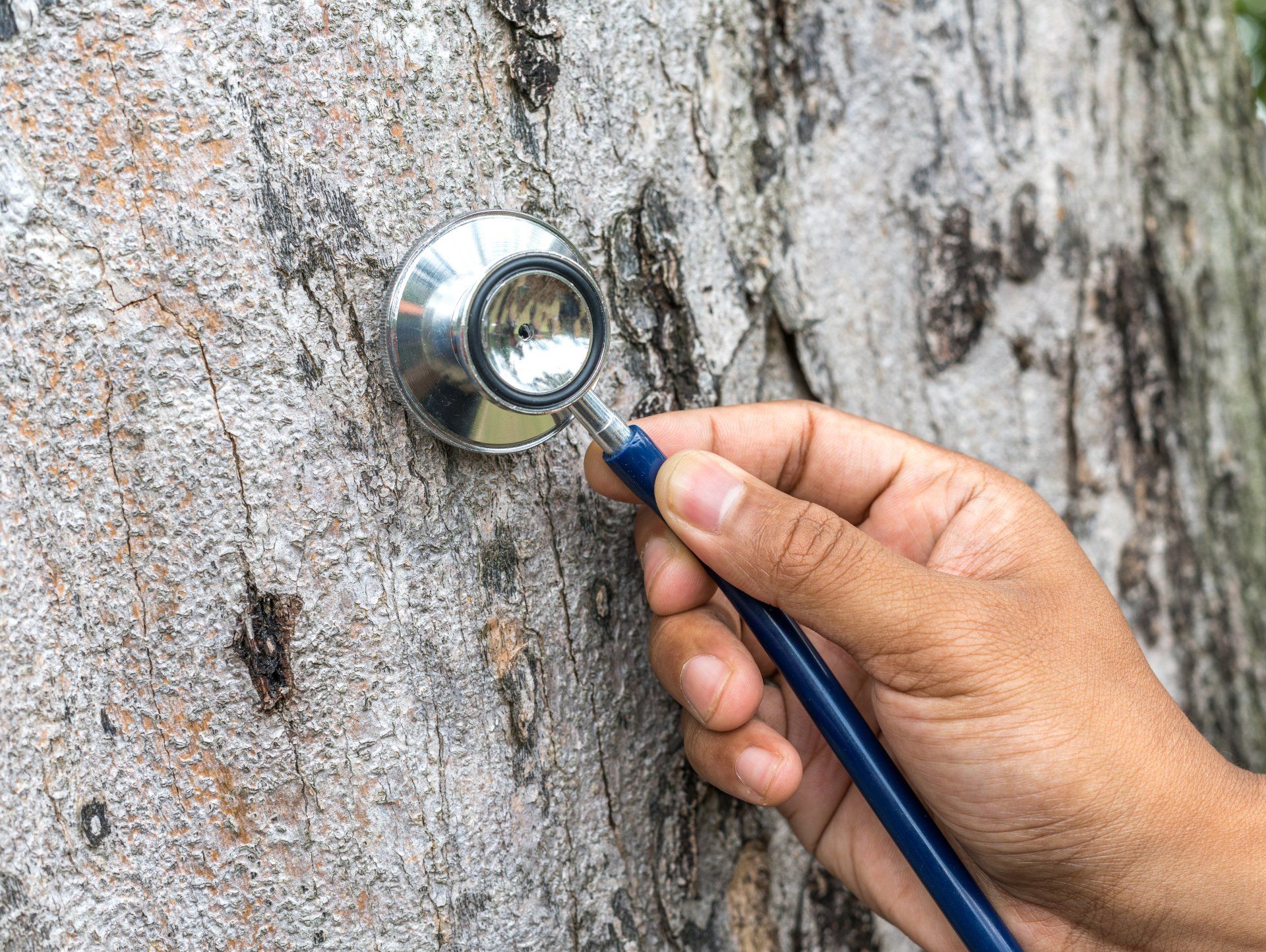
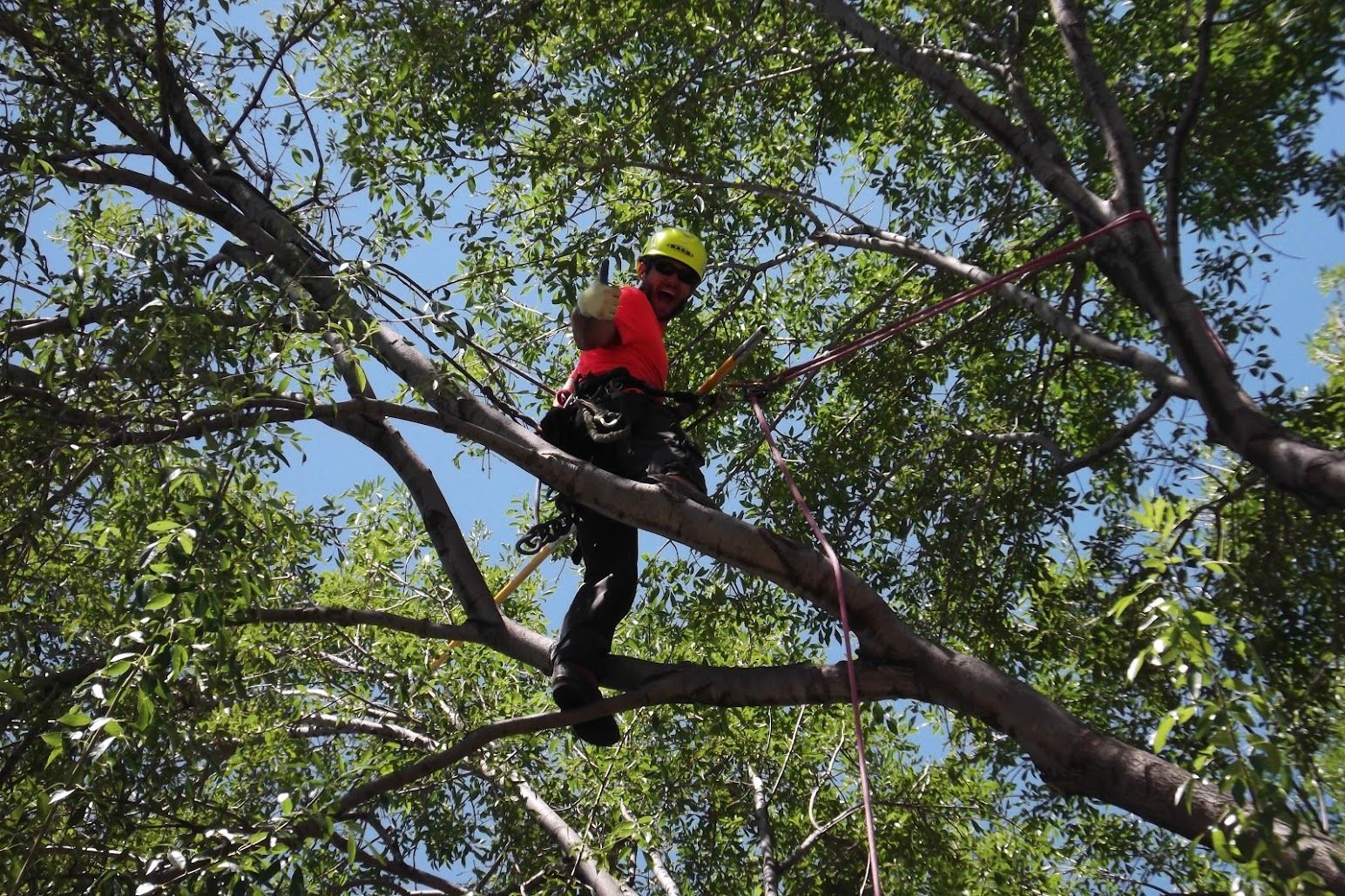
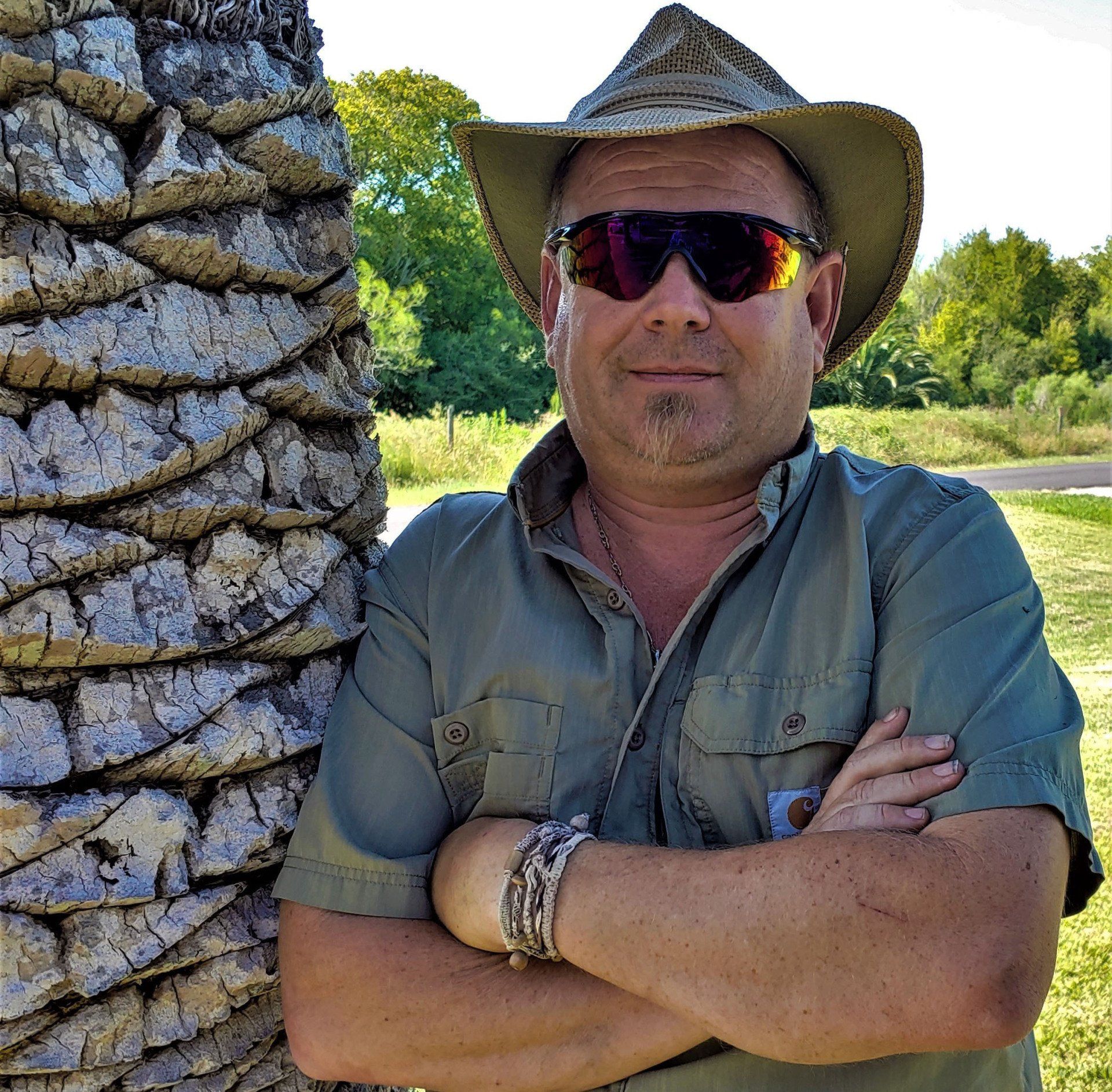
(832) 479-0335
Website & Tree Service Marketing by:
All Rights Reserved | Eric Putnam, ISA Master Arborist

